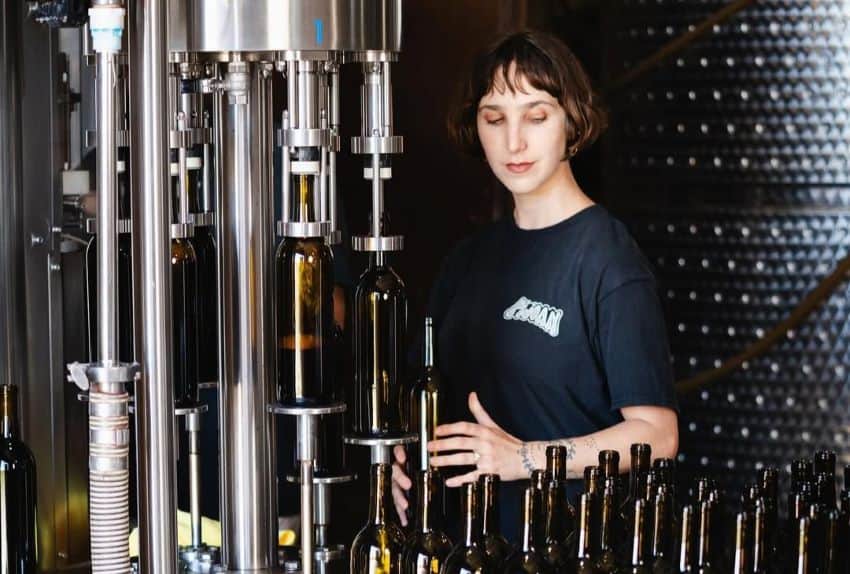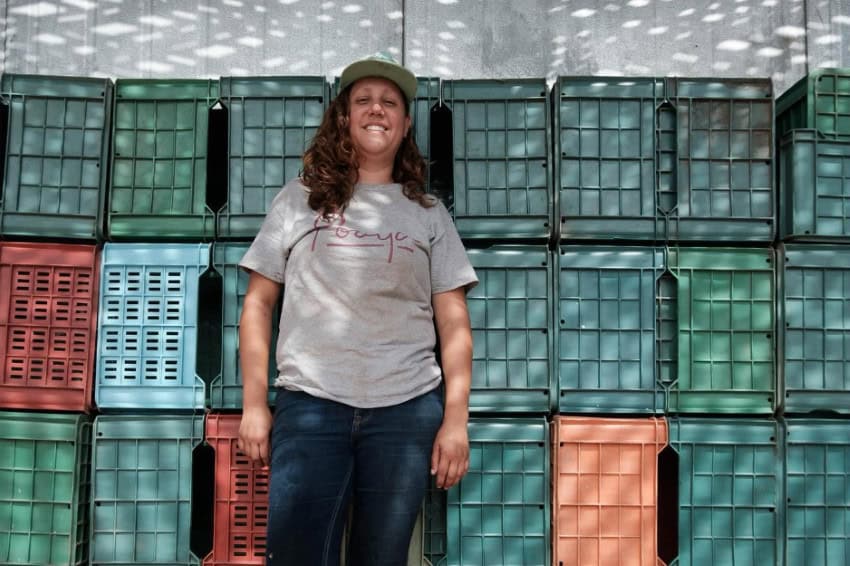Things have been going on better for women’s representation recently in Mexico, With the first woman presidentOvarian The second female mayor of Mexico city And all the historical number of women have been in political position in the past months. Trend is not limited to politics: You will also notice that many of the best wine mills travel through Baja California, and you will also notice that they are guided by passionate female wine makers..
Followed from our previous installmentIn Mexico’s first wine country, some revolutionary female wine makers make their own success.
Lulu Martinez Ojeta: Traditional Tradition
Why are there so many female wine makers in Baja California, what does it say about Mexico? Two women I interviewed, the number of establishment fathers in the region had daughters instead of sons, but the argument did not click to me: women are simply normal, because there are no men to take charge? My suspicion is that in most cases, the daughters of these popular wine makers do not currently run wine mills or vineyards.
Another theory appeared until I talked to Lulu Martinez Ojita, the producer of Bruma wine. Although the Jesus came to the peninsula in the 1600s, he explained that at the beginning of the 20th century, Baja was still a kind of wild West.
Men will leave for several days to work in other parts of Mexico and the borders of the United States, and the women who have left for them have to cultivate their families and keep them alive. These women, except for learning to defend themselves, often fled from severe political circumstances. From home and the traditional expectations of their communities, their distance may have been allowed to think of old gender characters and create a new version of the meaning of being a woman in Baja.
Lulu compares his experiences in Mexico and France, where he worked for many years. “It is very traditional and very sexually sexually sexually. If a woman is in chat, she is probably human resources, or the daughter of a sale or marketing or owner, but she is certainly not in production.” When she returns to Mexico, she expects the same thing.
“I remember the first time a truck came out with a tempranmilo grapes. The driver came out and said, ‘Where’s the boss!’ I say nervously ‘I boss’, he said, ‘Okay, big, sign here.’ He couldn’t have been less. ”
Silvana Bijon: A new voice

“I think this is still a beautiful luxurious career,” says Silvana Bijon. “Perhaps I don’t care anymore, but I mean that I don’t notice it anymore. In my community, this is not a thing I have met because we are very supportive of each other.”
When Silvana started working in 2016 with his father in 2016, it was mostly on the advertising page of business because he was a professional dancer in Mexico. But she decided that her heart was in wine and returned to Baja to work full -time in the vineyard. Inspired by other women’s wine makers, like Martha Stuman in Mendosino, she started her own minimum intervention in 2019. For more than two decades, his father, who had been creating the larger, Jammy and Oki wines, was pushed back.
But Silvana’s participation was very important to the vineyard, and at that time it grew larger than an individual’s ability. She and her father eventually settled in a strong work relationship, engaged in family business with her two sisters.
Bernanda Barra: Clever Entrepreneurs

Every experience for these women is not Rosie. It takes two years for male employees in Maconi Vainyard, the last Pooya wines of Mexico’s female wine makers, where she began his life, where she started his life, where she started her life. But the fact that Valley de Quadeloufur is one of the most respected wine mills in the industry is the fact that the fact is that women are seen there. Now De La Barra works on his own to create a small volume young, natural wines with his partner. Instead of the traditional large wine plant with a large number of land, they buy from the selected local farmers, and its agricultural philosophies respect them.
During my work, I talked to many women in the male dominant industries in Mexico. The overall sense I heard throughout these interviews at the Walley de Quadelouc – the women of the region felt that the women of the region felt somewhat insulated from sexuality in the great world. This is not what these women do not fight, but they are respected for their work and for the creation of the best wine in their own way. Although it is their pioneer tradition, their intimate community or their unique perspective as women in business, a revolution -led Wale D -Quadaloupe is led by women. When exploring its flavor, it changes the face of the Mexican wine.
Lidia carry He is a freezer writer and translator based in Mexico. He is widely published online and in the axis, writing about Mexico for more than a decade. He lives dual life as a local tour guide and is “teacher”Mexico City Roads: La Roma. “Follow his urban adventures Instagram See more of his work Mexicositistrets.com.
(Tagstotranslate) Baja California (T) Mexican Wine (T) Wine
Story Credit








